Famous asteroids capture the imagination and inspire curiosity about the origins and dynamics of our solar system.
These celestial objects, found mainly in the asteroid belt between Mars and Jupiter, range in size from tiny boulders to bodies that are hundreds of kilometers in diameter. Some of the most well-known asteroids have garnered significant interest due to their close approaches to Earth and their potential for scientific discovery. Their study has provided invaluable insights into the building blocks of planets and the history of our cosmic neighborhood.
The observation and analysis of asteroids are an important part of advancing our understanding of space. They offer clues about the early solar system and serve as a focal point for discussions on planetary defense and the emerging field of asteroid mining.
Scientific missions to asteroids, such as those conducted by various space agencies, have allowed us to collect data on these objects’ composition, structure, and behavior in space, furthering knowledge that could one day prove crucial for protecting Earth from potential asteroid impacts or for harnessing their resources.
Famous asteroids like Ceres, Vesta, and Pallas are key to understanding the solar system’s origins. They reveal planetary formation processes and contribute to planetary defense strategies and asteroid mining potentials. Scientific missions to asteroids enhance knowledge about their composition and behavior, aiding Earth’s protection and resource utilization.
Historical Significance
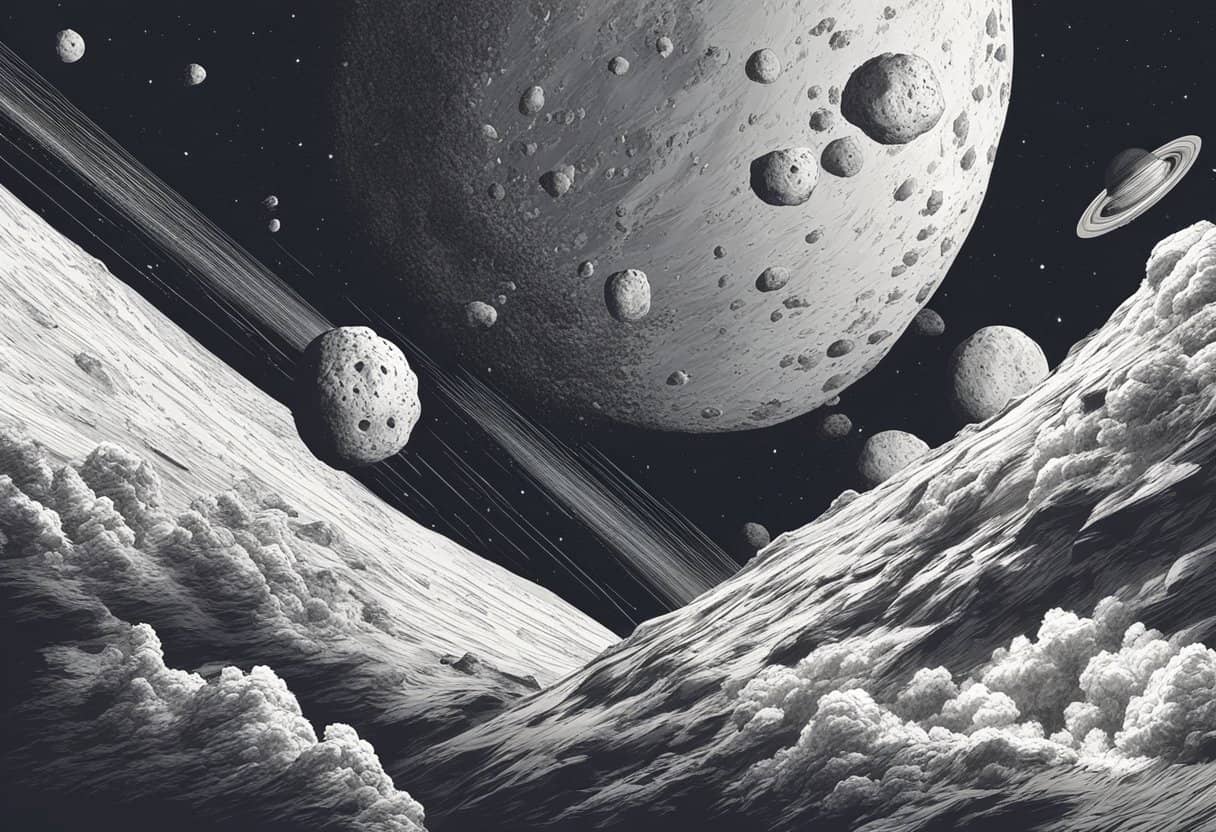
Your exploration of famous asteroids is incomplete without understanding their historical significance. This section drills down into key areas: pivotal discoveries, notable impacts on Earth, and their extensive cultural influence.
Discoveries and Observations
The scientific journey through asteroid territory began with the discovery of Ceres in 1801. Later, as observations became more refined, the recognition of patterns among asteroids provided insights into our solar system’s history, highlighted by Harold Metcalf’s most famous achievement in 1919.
Impacts on Earth
Historical records suggest that asteroids have been making a significant impression on Earth for millennia. For instance, the dinosaur extinction approximately 66 million years ago is widely attributed to an asteroid impact. These events have not only shaped planetary geography but also influenced the evolutionary trajectory of life on Earth.
Cultural Influence
Asteroids have made their mark on culture as well, often being woven into the fabric of mythology and popular media. Perhaps the most famous cultural reference is the asteroid named after Cleopatra VII, the most famous queen of ancient Egypt, which reflects their lasting impact on human imagination and storytelling.
Characteristics of Famous Asteroids
When exploring famous asteroids, you focus on their varying sizes and compositions, as well as their unique orbits and trajectories, which set them apart.
Sizes and Compositions
Asteroid 1 Ceres: The largest known asteroid, Ceres, has a diameter of about 940 km. It’s composed of a mixture of water ice and various hydrated minerals like carbonates and clay. Ceres is so large that it’s categorized as a dwarf planet.
Asteroid 4 Vesta: Vesta has a basaltic surface, indicating past volcanic activity, and measures about 525 km across. Its composition includes a metallic core and a rocky mantle, resembling that of terrestrial planets.
Orbits and Trajectories
Asteroid 433 Eros: This S-type asteroid orbits the Sun every 1.76 years and has an elliptical orbit that brings it within 22 million km of Earth. Its orbit is well-documented, allowing for close study, including a visit from the NEAR Shoemaker spacecraft.
Asteroid 25143 Itokawa: Itokawa’s orbit lies close to Earth’s, classifying it as a near-Earth object (NEO). It has a markedly elongated shape and small size, approximately 535 meters in length, making its gravitational field irregular and complex.
Scientific Missions
In your exploration of asteroids, you’ll find that scientific missions have played a critical role in expanding our understanding of these celestial bodies. These missions are organized into two main categories: encounters by spacecrafts for close-up studies and missions that return samples to Earth for detailed analysis.
Spacecraft Encounters
You will be intrigued to discover that various spacecraft have closely encountered asteroids to gather vital data. The missions to small bodies like asteroids and cometary nuclei have expanded our knowledge significantly. Notably, the Japanese Aerospace Exploration Agency’s (JAXA) Hayabusa mission achieved success by hovering above the asteroid Itokawa, collecting and bringing invaluable data back to Earth. Such encounters provide direct observations that improve the scientists’ understanding of asteroid compositions, orbits, and histories.
Sample-Return Missions
When you consider missions that have gone a step further by collecting and returning samples, certain milestones stand out. One such important mission is NASA’s OSIRIS-REx, which aims to return samples from the near-Earth asteroid Bennu. These sample-return missions are essential as they allow scientists to conduct in-depth analyses of asteroid material in laboratories, revealing secrets about the solar system’s formation and the origins of organic compounds on Earth. The complexity and high cost of these missions reflect their value in providing tangible pieces of our solar system for study.
Notable Asteroids
In exploring our solar system, you’ll discover asteroids with unique characteristics and histories. Here, you’ll learn about some of the most notable ones.
Ceres
First discovered in 1801, Ceres was originally classified as a planet and later reclassified as an asteroid. Occupying the asteroid belt, Ceres is the largest object there, making up about a third of the belt’s total mass. It’s also designated as a dwarf planet because of its size and shape.
Vesta
Vesta is the second-largest asteroid in the solar system’s main asteroid belt. This asteroid has a basaltic, volcanic surface, indicative of past lava flows. It accounts for almost 9% of the total mass of the asteroid belt and has been visited by the Dawn spacecraft.
Eros
This S-type asteroid is notable as it was the first asteroid to be orbited by a spacecraft, NEAR Shoemaker. Eros is shaped somewhat like a peanut and is filled with ridges, craters, and dust.
Ryugu
Ryugu is a relatively new target of study; it’s a near-Earth object and a potentially hazardous asteroid. The Japanese spacecraft Hayabusa2 visited Ryugu, and its samples are assisting in answering questions about the early solar system and the development of life on Earth.
Bennu
Bennu, a carbonaceous asteroid, is of interest due to its high probability of impacting Earth in the late 22nd century. It’s a target for the OSIRIS-REx mission, which aims to bring back samples to Earth for further analysis. Bennu provides a window into the ancient past, as it is rich in organic compounds essential to life.
Asteroid Mining
Asteroid mining is the concept of extracting valuable materials from asteroids. Your understanding of this emerging field could have significant implications for future space exploration and resource utilization.
Potential Resources
Asteroids harbor a wealth of resources critical for space missions and industry. You will find that carbonaceous chondrites, a type of asteroid, are particularly enticing due to their high metal content, including platinum, nickel, and iron. Also, water trapped in minerals could be used to sustain life or split into hydrogen and oxygen for fuel.
Technical Challenges
The technical hurdles to mining asteroids are substantial. You must consider the demands of robotic mining equipment, the difficulty of microgravity conditions on machinery, and the vast distances involved. Safe and efficient material extraction and return techniques are still in the developmental phase.
Economic Prospects
From an economic standpoint, asteroid mining could potentially yield vast profits, but the initial investment is steep and the risks are high. While it is a highly speculative venture at present, the potential payoff from mining asteroids could have a transformative effect on Earth’s economy and the future of space industrialization.
Planetary Defense
As asteroids pose a threat to Earth, it is crucial for you to understand the strategies that comprise Planetary Defense. These include the identification of potential hazards and the methods to prevent or mitigate an asteroid impact.
Detection and Tracking
Your safety relies on the early detection and tracking of Near-Earth Objects (NEOs). Agencies like NASA’s Jet Propulsion Laboratory (JPL) lead initiatives to monitor asteroids. They maintain a comprehensive catalogue by using ground-based telescopes and radar systems. High-precision orbits are calculated to determine if an asteroid is a potential threat. An example of web-based tools for public awareness is the asteroid deflection app which is developed jointly by experts and JPL.
Deflection Strategies
Once a hazardous asteroid is identified, deflection is your best bet for prevention. There are two primary non-nuclear strategies considered viable:
- Kinetic Impactor: This involves launching a spacecraft to collide with the asteroid, altering its trajectory.
- Gravity Tractor: A spacecraft flies alongside the asteroid, using its gravitational pull to slowly change the asteroid’s path.
The use of nuclear devices is a controversial subject due to the potential for significant fragmentation. Instead, experts often choose nonnuclear means of asteroid deflection to bypass the risks associated with nuclear explosions.
Frequently Asked Questions
In this section, you’ll find clear, concise answers to some of the most common questions about famous asteroids within our solar system.
What are the most notable asteroids in the asteroid belt?
The asteroid belt contains millions of asteroids, but the most notable include Ceres, Vesta, Pallas, and Hygiea, which are the largest and contain a vast majority of the belt’s total mass.
Which asteroid had the greatest impact on Earth?
Chicxulub is the asteroid associated with the greatest impact on Earth, leading to the extinction of the dinosaurs about 66 million years ago. This impact created a massive crater in the Yucatan Peninsula and had global consequences.
How many known asteroids are there in our solar system?
As of recent counts, there are over a million known asteroids in our solar system, but the actual number is expected to be several times higher, with many still undetected.
What are the names of the largest asteroids?
The names of the largest asteroids are Ceres, Vesta, Pallas, and Hygiea. Ceres is the largest and is classified as a dwarf planet due to its significant size.
Can you list the top three most significant asteroids historically?
Historically, the top three most significant asteroids are Ceres, Vesta, and Pallas, known as the “Big Three” due to their size and the early role they played in our understanding of the asteroid belt.
What was the deadliest asteroid event in Earth’s history?
The deadliest asteroid event in Earth’s history was likely the impact that created the Chicxulub crater, which triggered a mass extinction event, wiping out approximately 75% of the Earth’s species, including the dinosaurs.

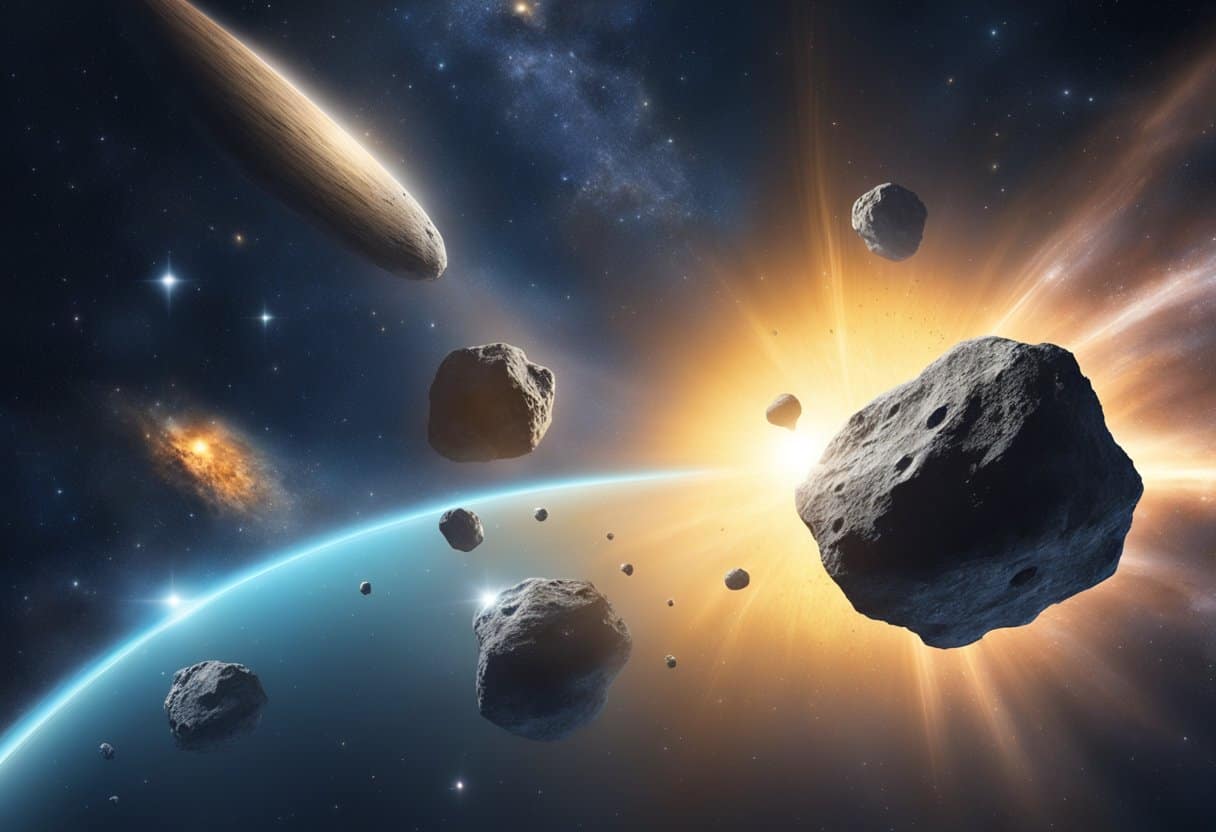
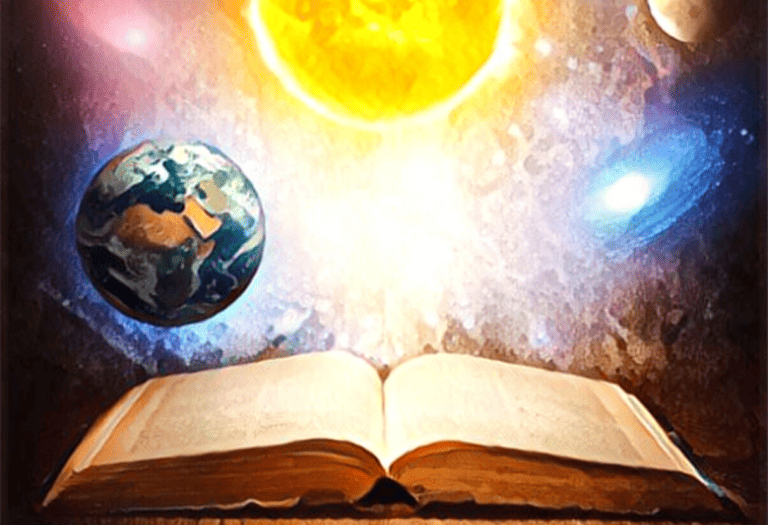

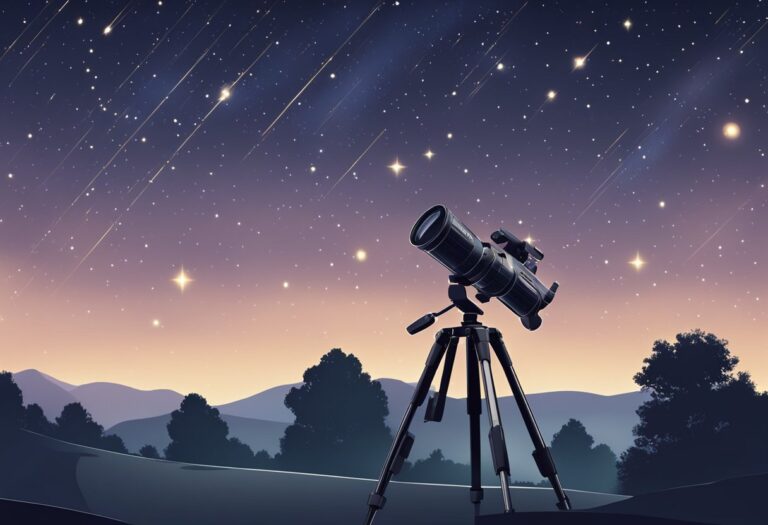
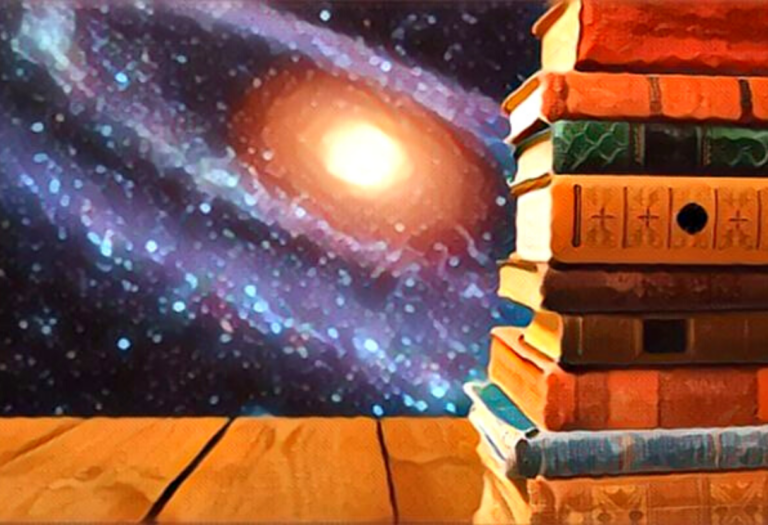
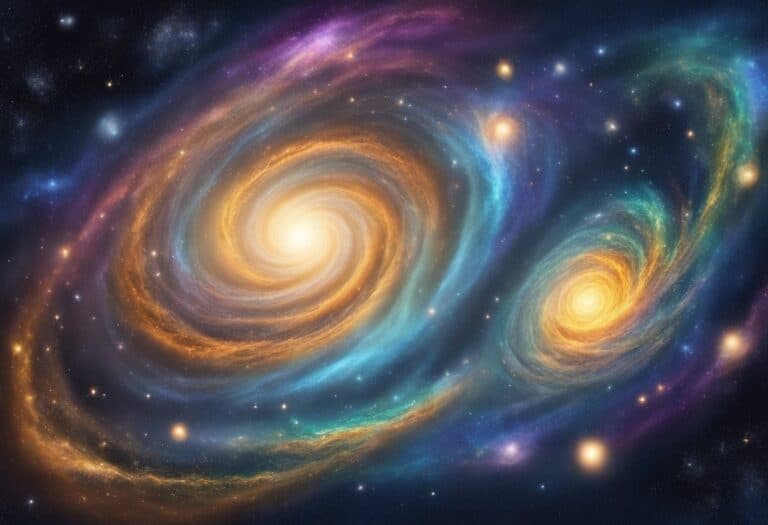
![Best Deals on Telescopes: Top [year] Sales](https://observationhobbies.com/wp-content/uploads/2024/01/Best-Deals-on-Telescopes-768x525.png)